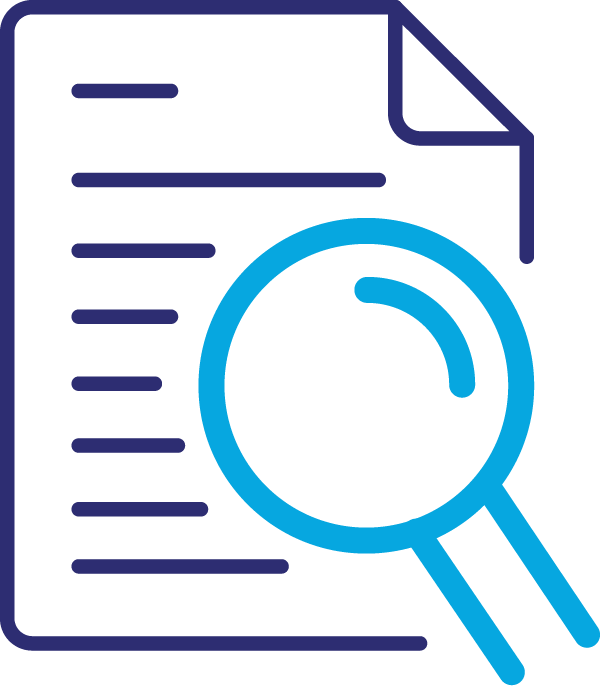Yesterday’s core systems had much simpler capabilities because they served simpler purposes.
The earliest platforms were built around doing jobs that directly reflected manual insurance operations at the time. While being able to digitise records and automate some processes benefited insurers, the labour-saving and innovation ended there, leaving plenty to be desired.
This limited mindset around building core system architecture for protection insurers permeated into the setup of policy records. The result? Most systems can either only handle group records or individual records.
Old Tech Can Only Solve Old Problems
Characteristics like siloed data and policy-centric setups are what hinder outdated systems from solving today’s insurers’ biggest issues.
For instance, policy-centric setups cause data to exist in silos, making it difficult for information to pass from one silo to another. This keeps insurers from offering seamless experiences for individuals who have two different coverages because there tend to be two separate customer records, one for each policy type.
An Evolved System That Supports Evolving Needs
Increasingly, more employers are expanding group protection packages to include a multitude of standard protection policies, along with new products that may be fully employee-paid. With old systems, this would be really difficult to offer.
A customer-centric architecture, on the other hand, focuses policies around customers instead of the other way around. This allows insurers and customers to work within a single platform, where they can select an individual’s protection products and easily manage the group versus individual dynamics, whether in policy or billing.
A Simple Experience That’s Simply Better
When it comes to the capability disparity between coretech and modern legacy platforms, providing a single-platform experience is just the tip of the iceberg.
A core platform like EIS helps insurers consolidate platforms, keeping user experiences simple and streamlined.
Still exploring your options? Sign up for our bite-size newsletter to learn how to nitpick the best coretech for your business without the influence of biased opinions.
The post Why Combine Group & Individual Policies Onto a Single Platform? appeared first on EIS.




















